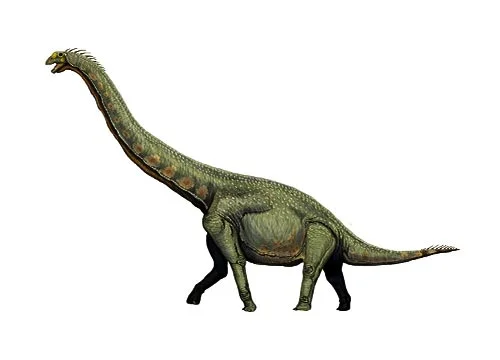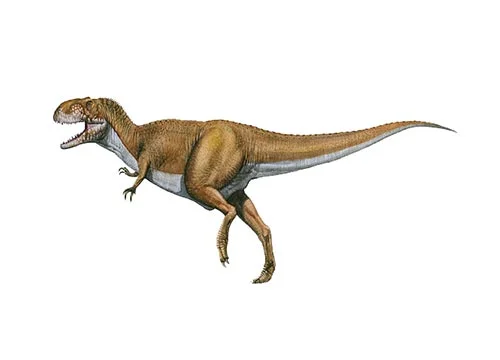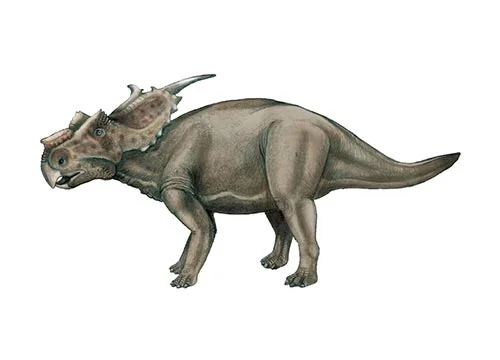Euhelopus (True marsh foot)

You-he-lo-pus
Alfred Romer – 1956 (originally named as Helopus by Carl Wiman in 1929)
Herbivore
Estimated 16 meters long
Sauropod
E. zdanskyi (type)
China - Shangdong Province
Early Cretaceous, 130-100 million years ago
Euhelopus Facts
Euhelopus was a long-necked dinosaur that lived during the Early Cretaceous period, approximately 130-100 million years ago. It was a member of the sauropod group, which includes some of the largest land animals to have ever existed.
Euhelopus was first discovered in the Gobi Desert of Mongolia in 1929 and was named by the Chinese paleontologist Yang Zhongjian. It was a large dinosaur, with an estimated length of around 16 meters (52 feet) and a weight of up to 10 tons. It had a long neck, a small head, and a relatively short tail.
One of the most distinctive features of Euhelopus was its unusual foot structure, which gave it the name “True marsh foot”. Its feet had wide, flat soles and splayed toes, which may have helped it to walk on soft, muddy ground. Euhelopus also had large, broad teeth that were well-suited for grinding tough vegetation.
Euhelopus was likely a herbivore, feeding on plants such as ferns, conifers, and cycads. It may have used its long neck to reach high branches or to strip leaves from trees.
While Euhelopus was a large and impressive dinosaur, it is not as well-known as some of its sauropod relatives, such as Apatosaurus or Brachiosaurus. Nonetheless, its unique foot structure and other anatomical features make it an important part of the dinosaur family tree and help us to better understand the diversity of life during the Early Cretaceous period.



